Today’s International Women’s Day – so here’s cheers to half of the population!
I’m not a firm believer of these kind of days to be honest. If you take a look at the UN calendar of international days or follow social media in general you’ll see how many ridiculous days there have been invented over the years. International Pancake Day and that kind of stuff.. seriously, what lobbies are behind all of this.
However, I do like International Women’s Day – mainly because it reminds me of Russia :)! When I was living in St. Petersburg I was kind of overwhelmed while stepping into the office on International Women’s Day. I wasn’t fully awake, yet immediately overloaded with handshakes, hugs and gifts (I even got a pineapple, quite an exotic gift during those bleak Russian winter days). I never had really heard of this day, but realised soon after Women’s Day really is a big (or should I say huge) event in Russia. So thanks to all of the other colleagues, the feminine part of the staff had a magnificent day, just for being alive. Even this down-to-earth Dutchie thought it was fun.
Apart from this memory, I figured this day is a great occasion for a little reflection, as I made so many snappies of women along the way. I’ll be rooting for the women in Latin America today – all the ones I met in recent years – and women in general for being way more photogenic than men. I think any photographer will say the same; women are just awesome to picture as they’re better able to express themselves via clothing and decoration.
As globalisation is changing the world (and yes, as a traveller I’m a part of that – I still haven’t decided personally whether I consider this a fortunate development or not) it’s easy to see how western brands are becoming increasingly popular in Latin America. But mainly among men. Women, thankfully, are the ones still sticking to their incredibly colourful, hand-made clothes and looks. I gathered a few of my pictures – so here’s a little tribute to them!
Most of the vendors at Cusco's colourful central market of San Pedro are women. Visiting this market in Cusco is a splendid introduction to the day-to-day life in the city!
A smile on the slopes of Chorillos, one of the suburbs of Lima, Peru
In Cartegena de las Indias and Medellín, Colombia
My dear Spanish teacher Marielos during the Lantern Parade in Limón
Many faces at the market of Otovalo in Ecuador. This is the oldest, biggest and most famous indian market of entire Latin America and it takes place every Saturday high in the Andes in Ecuador. For 4000 years Otovalo has been the social and economic beating heart of the northern highlands.
Things carrying women in Antigua, Guatemala
Aurora, the Mayan herbal healer in Belize
Our lovely hosts at the Uros Qhantany Lodge at Lake Titicaca in Peru
Garifuna women on November 19th; celebrating the arrival of their first people by boat in 1832.
Día de los Muertos vibes during the La Calavera de Catrina in Mexico City and Día de los Muertos in Mérida.
The colours are always vibrant in the port city of Limón of Costa Rica during Carnival! Every year the streets of Limón are filled for 12 days with concerts, Caribbean food stands, calypso music - topped off with a Grand Parade. Groups (and visitors) from all over Costa Rica came to show off their (belly)dancing and music skills, while dressed in gorgeous outfits. Soy Limón, soy Caribe!
Some 50.000 of the Guna still live scattered around in San Blas. The men wear western clothing, but the women still adorn themselves in customary garb - with geometrical patterns from ankles to knees, 'molas' (handcrafted blouses) and a LOT of gold to top it off. All of this decoration marks tradition too, the septum for example is pierced whenever a girl gets her first period. Picture one is from our cook on the island Senidup. I heard that some Guna ask for a dollar per photo, but I guess it depends on how touristy the island is. Picture two is a Guna in front of her self-made 'molas'. Since the Guna don't want the tourists to wear their clothes, they only create linen to sell.
The women in the Quechuan villages of Colca Canyon, Peru. Their Quechuan designs and traditions go back for centuries, all the way to the Inca time, and have been influenced along the way by the clothes of the Spanish peasants
Vendors taking a break in León, Nicaragua
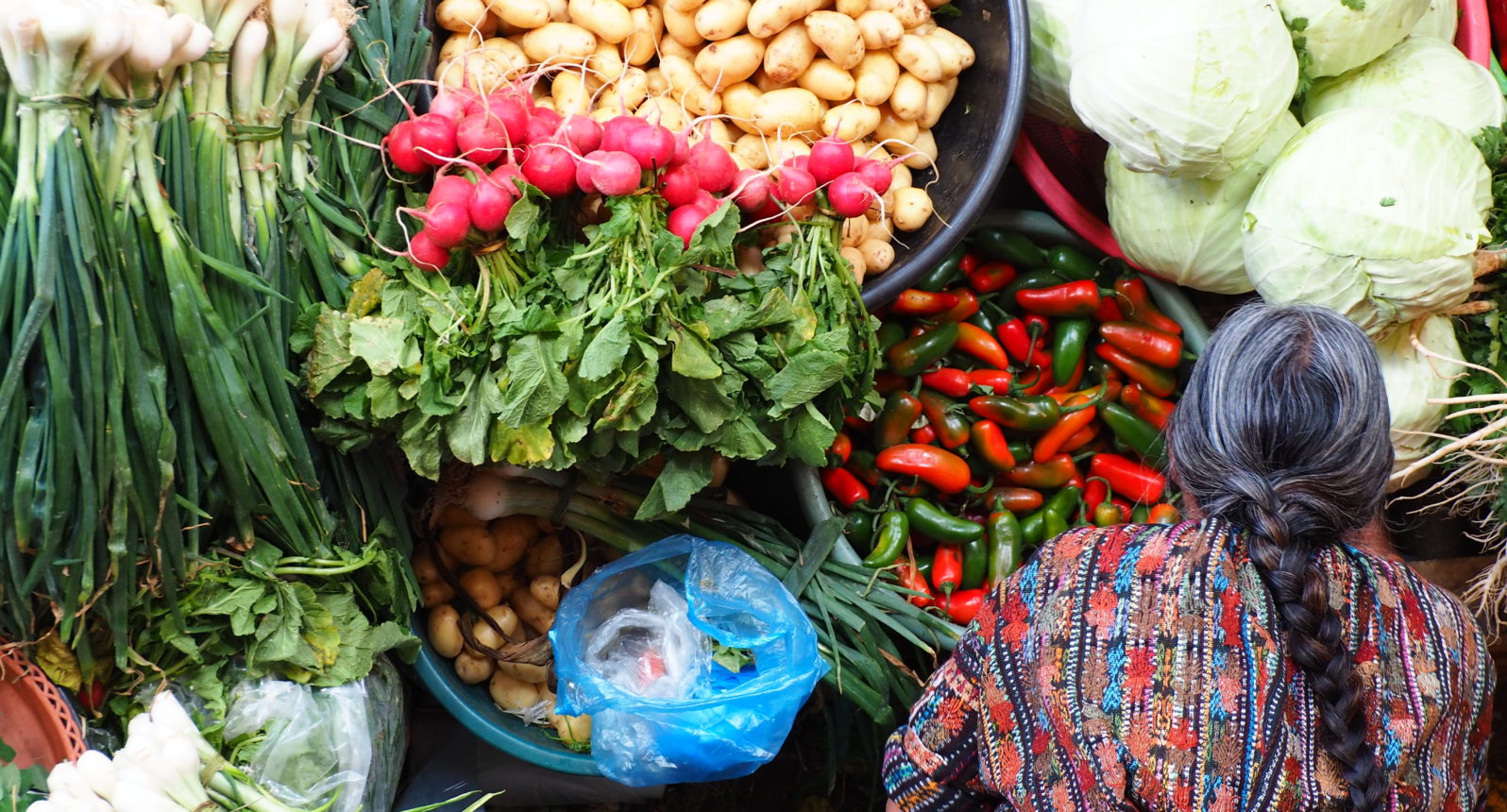
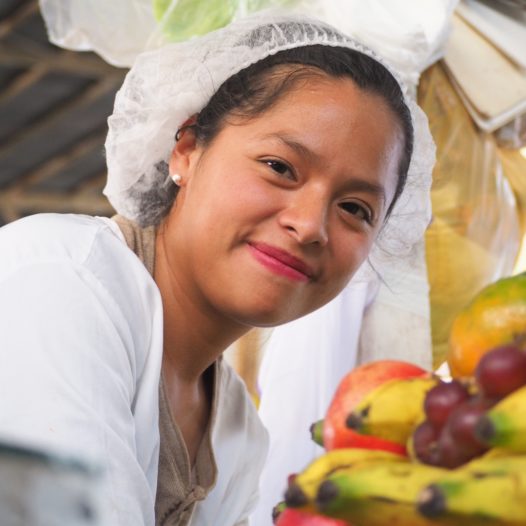
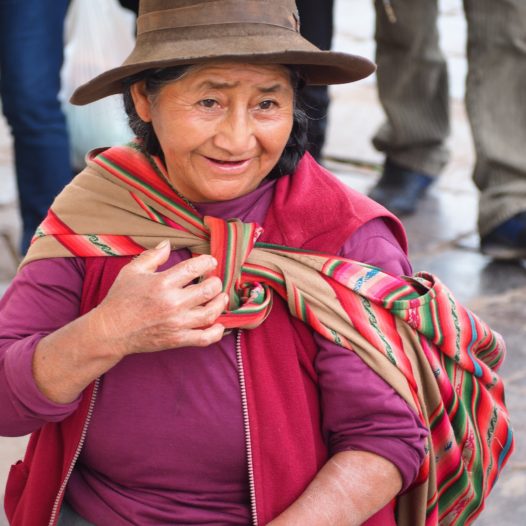
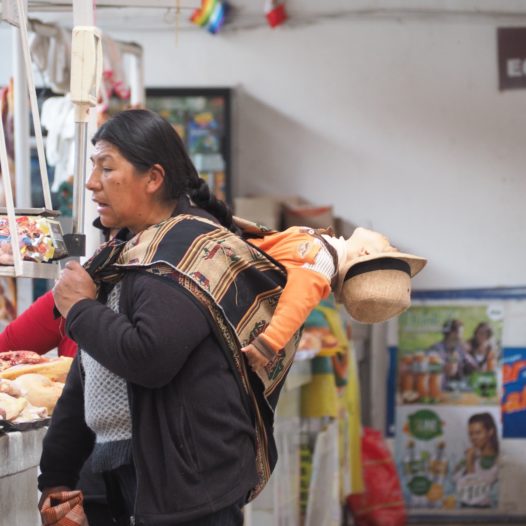
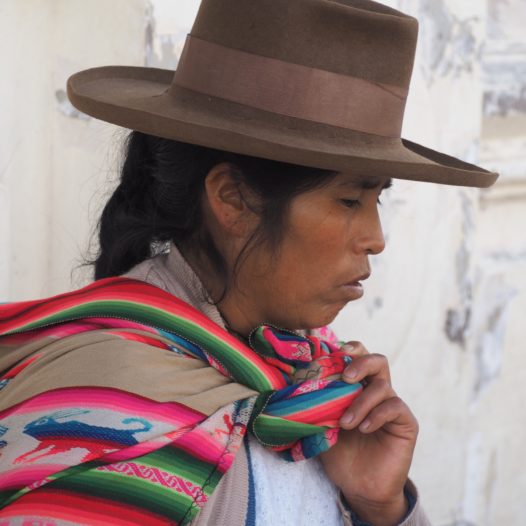
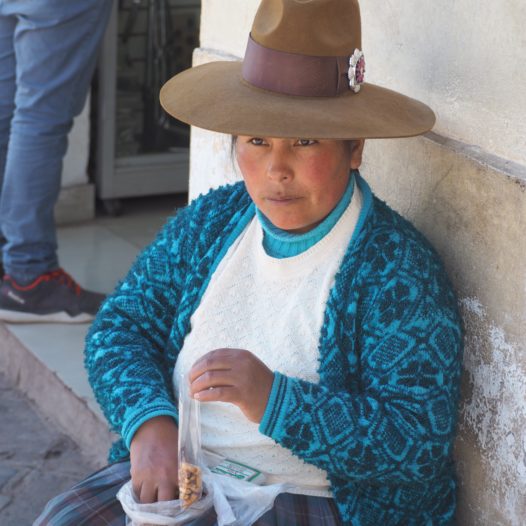
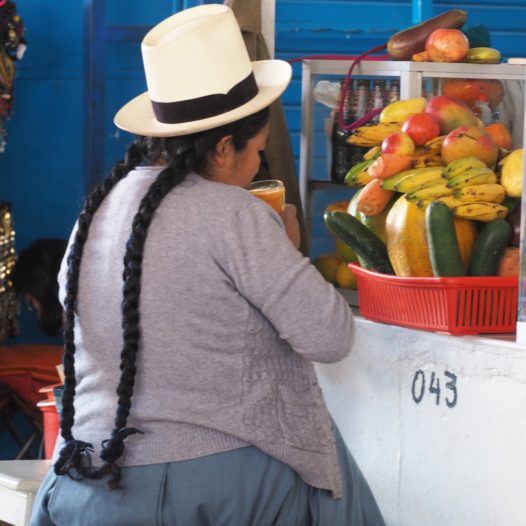
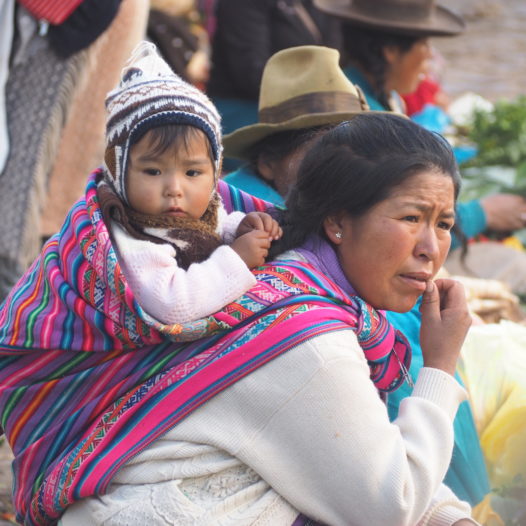
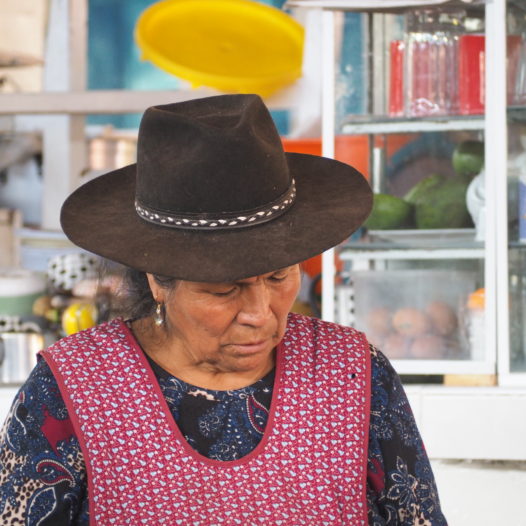
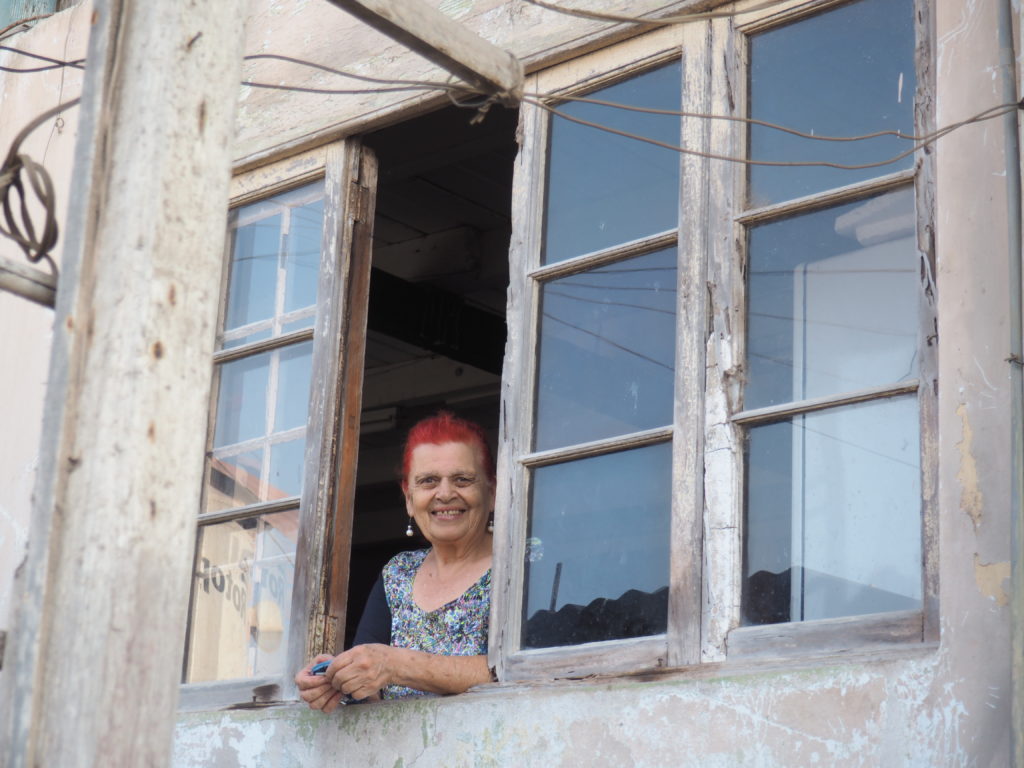
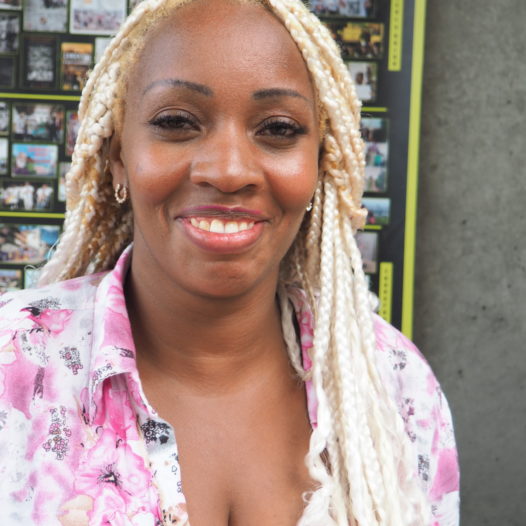
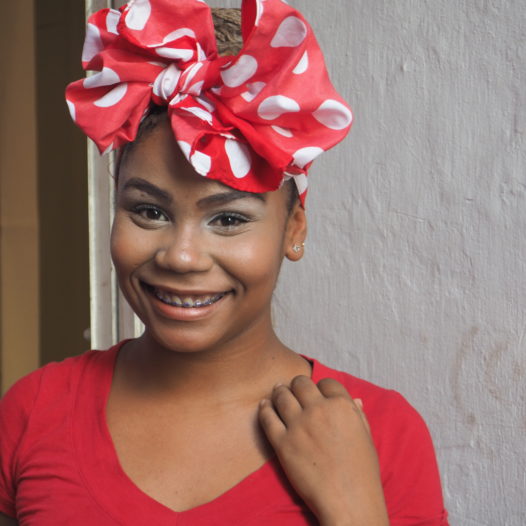
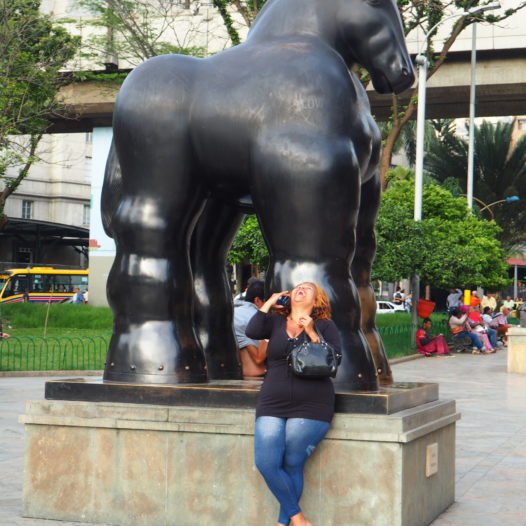
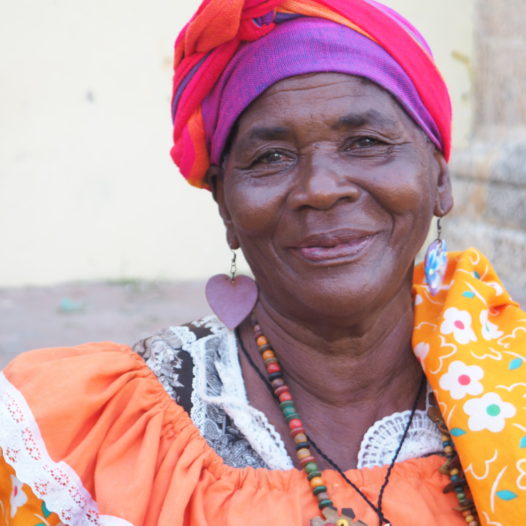
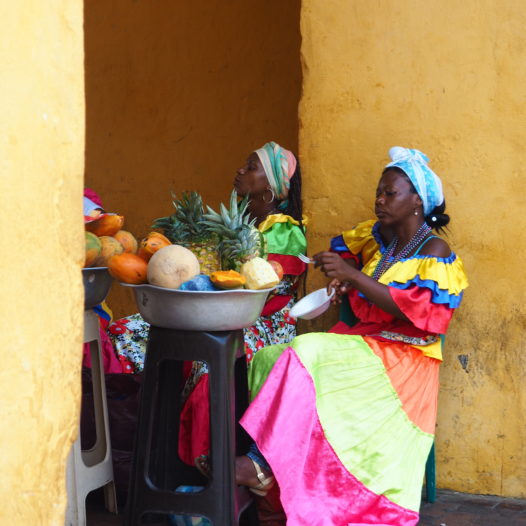
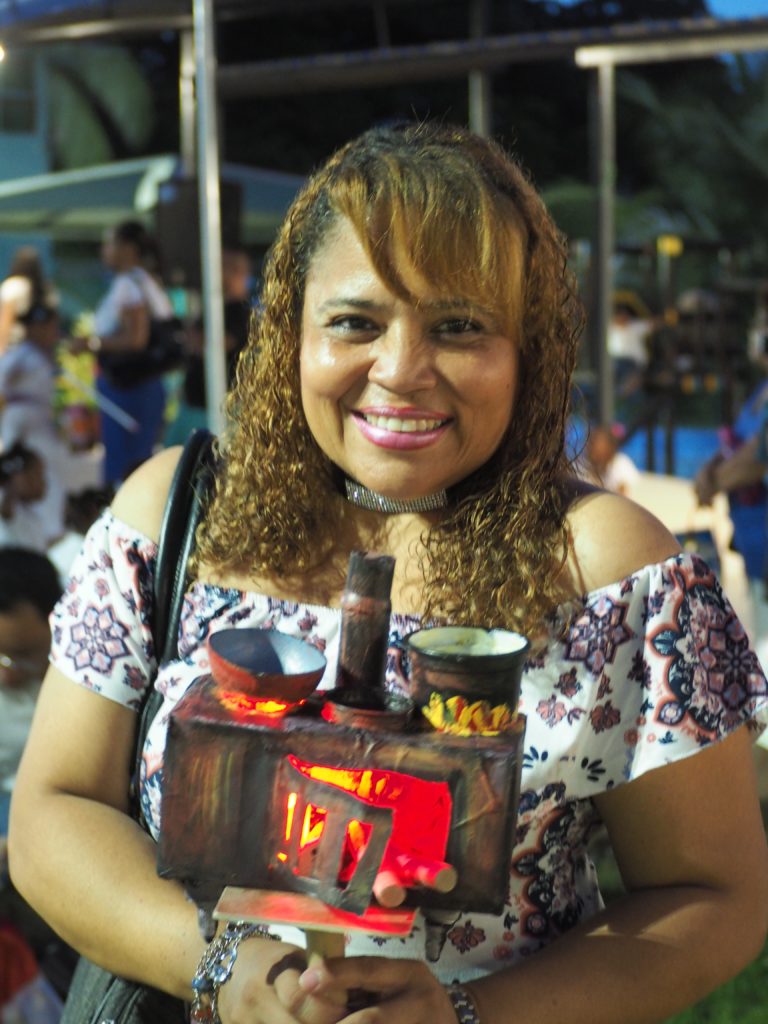
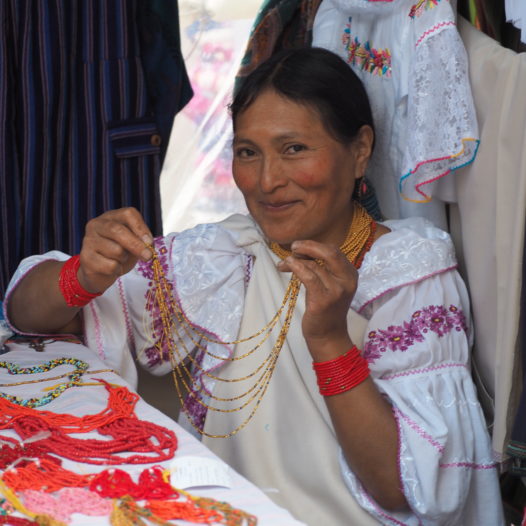
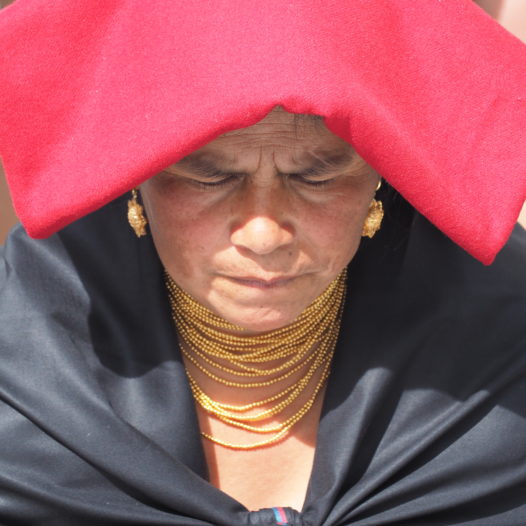
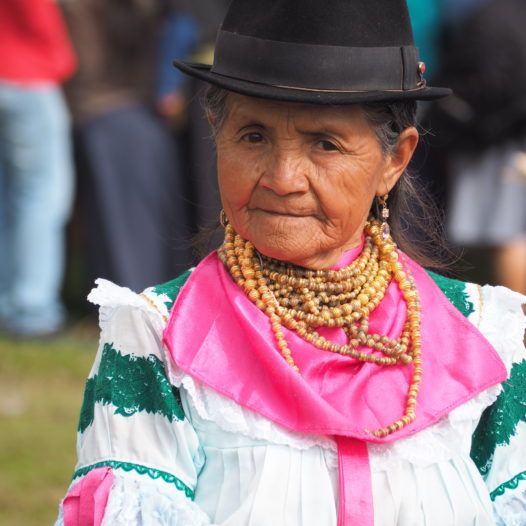
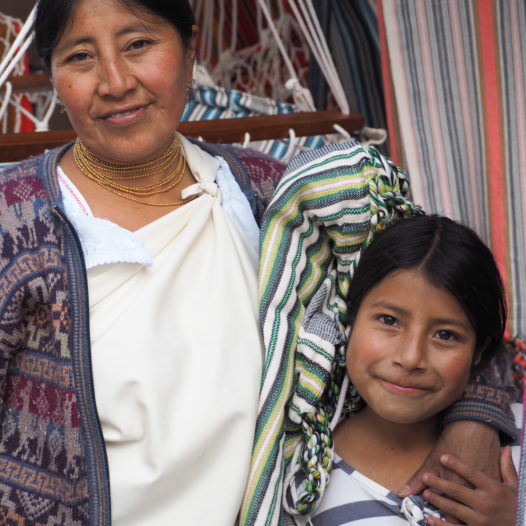
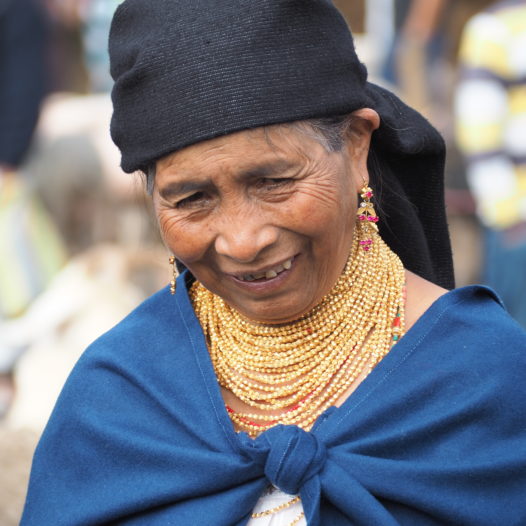
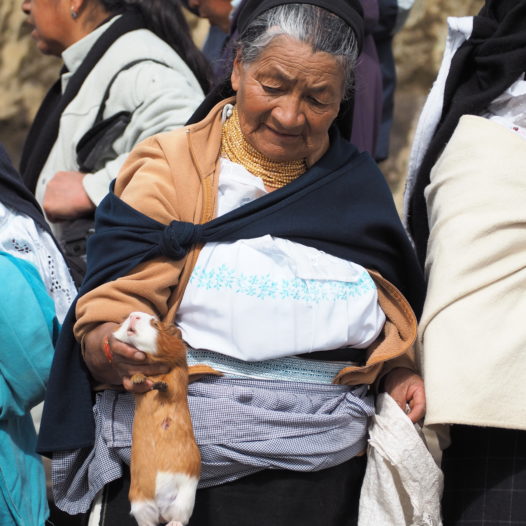
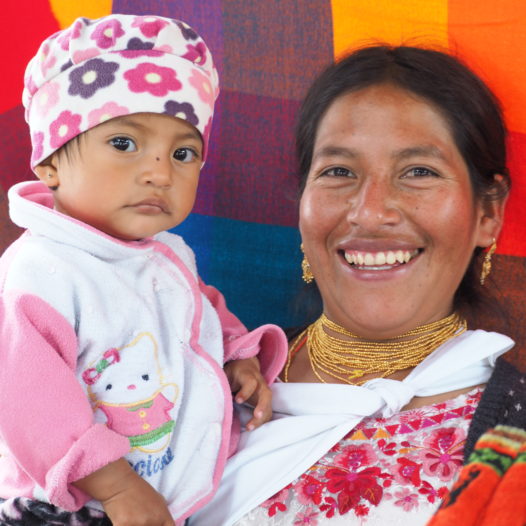
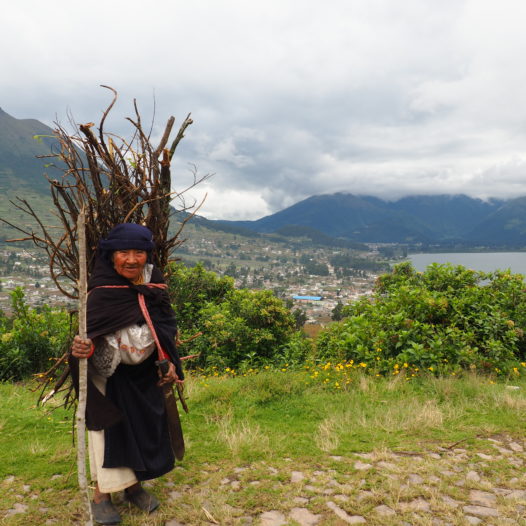
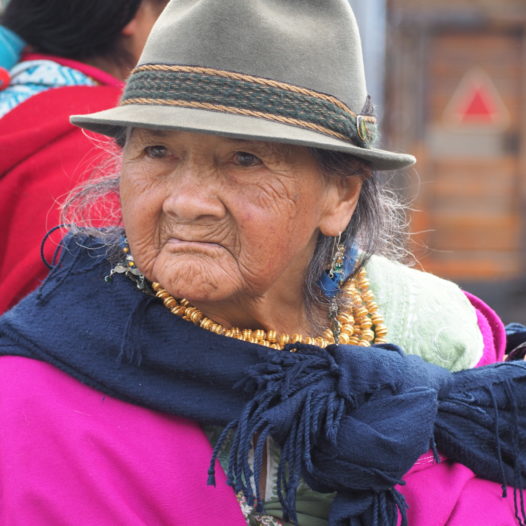
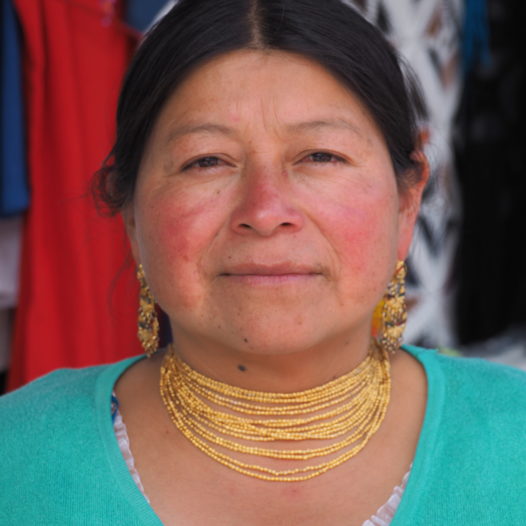
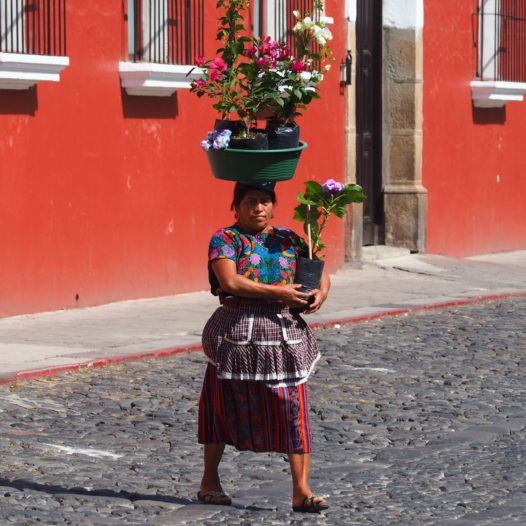
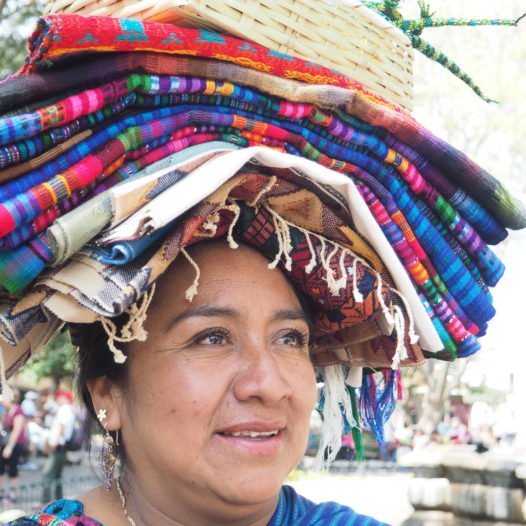
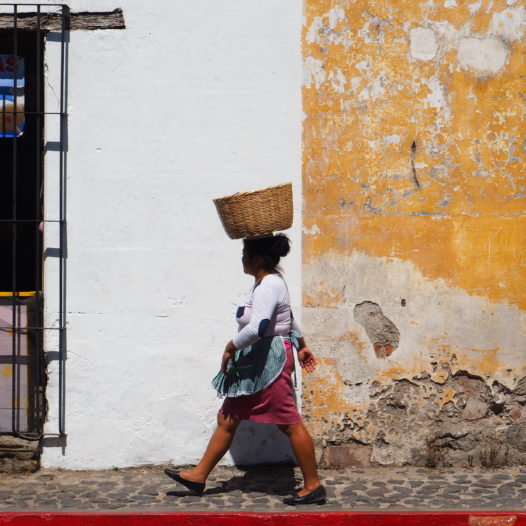
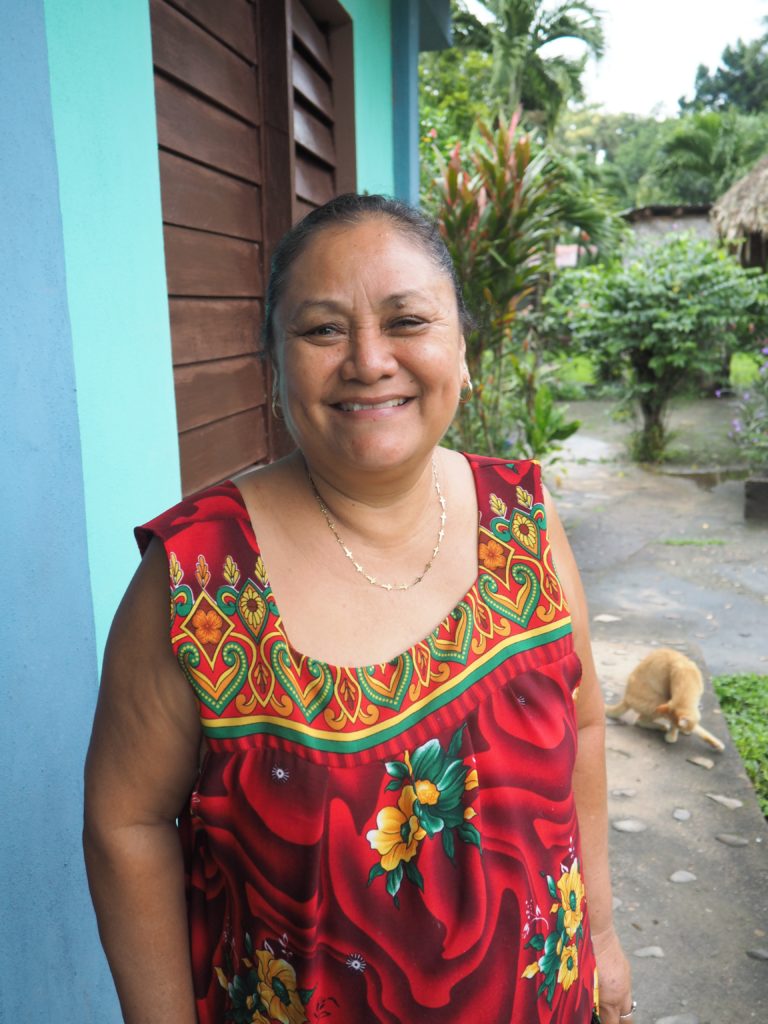
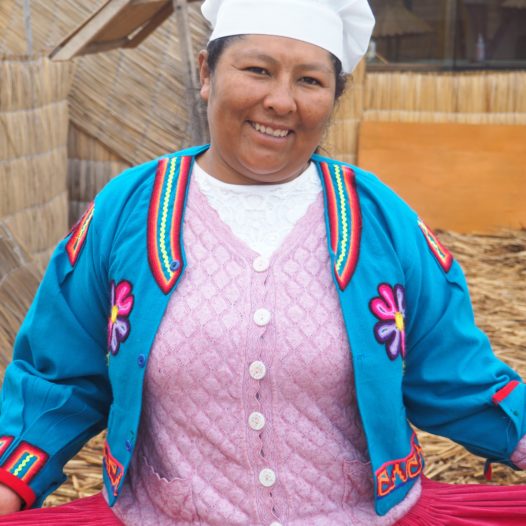

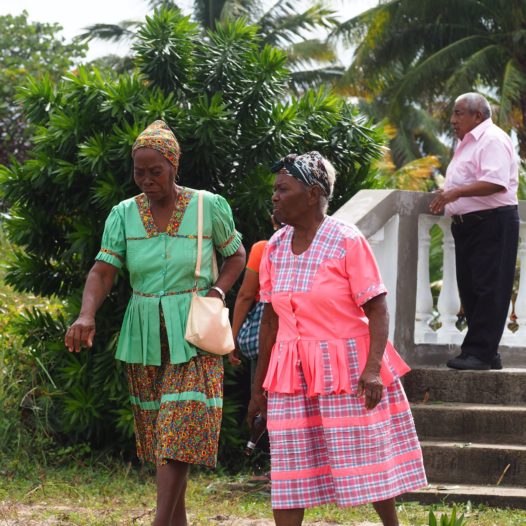
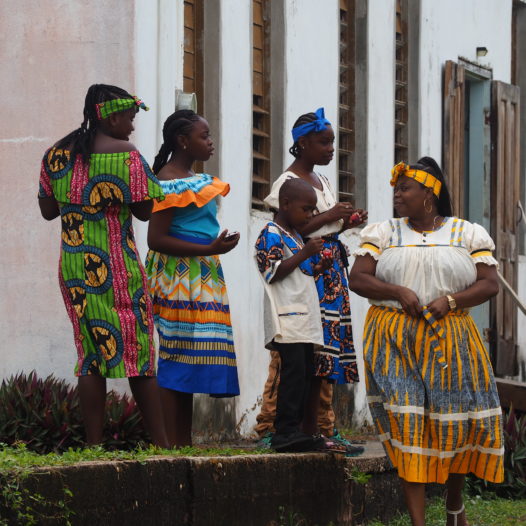
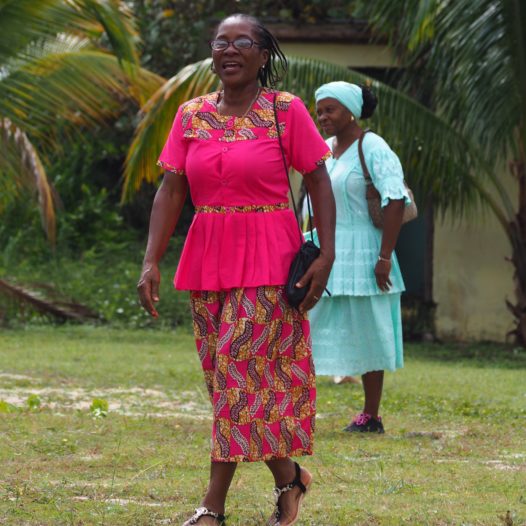
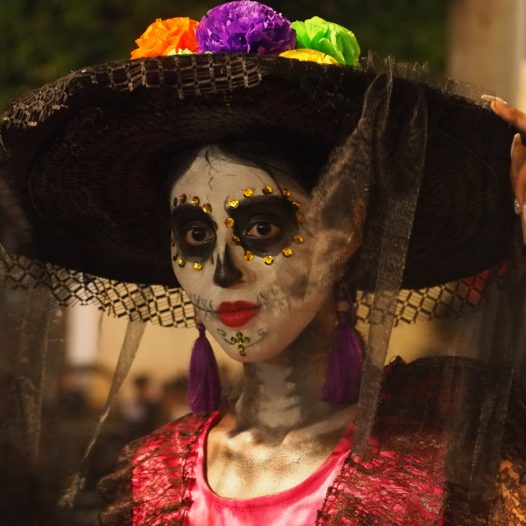
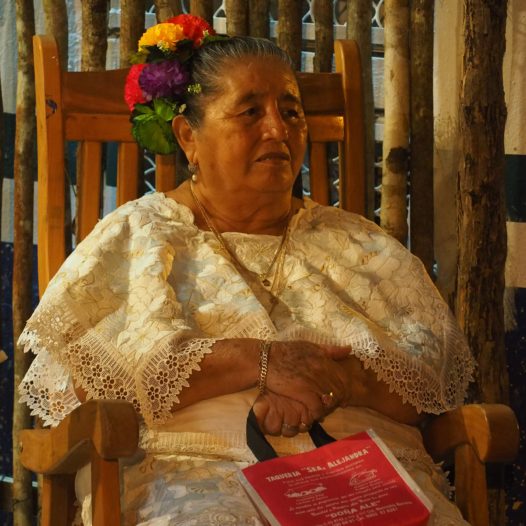
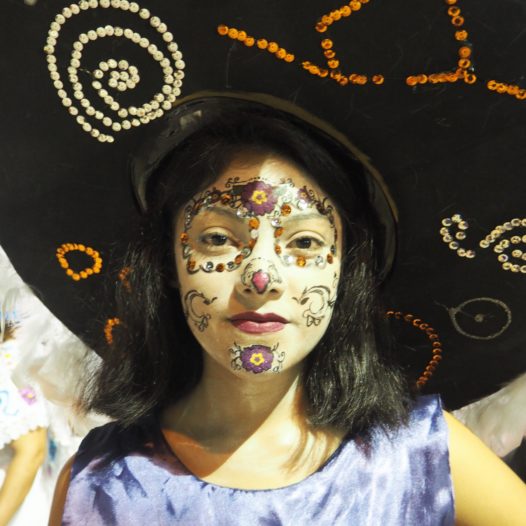
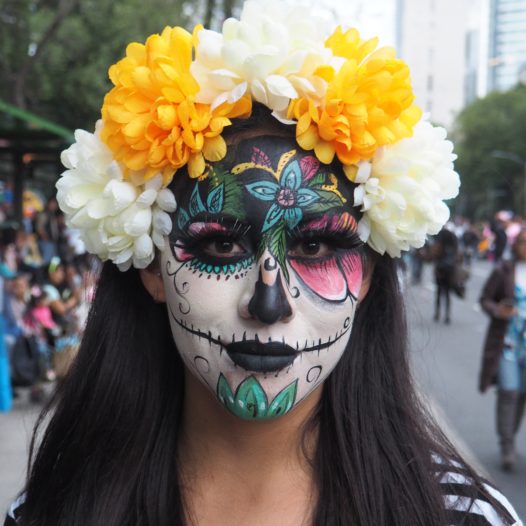
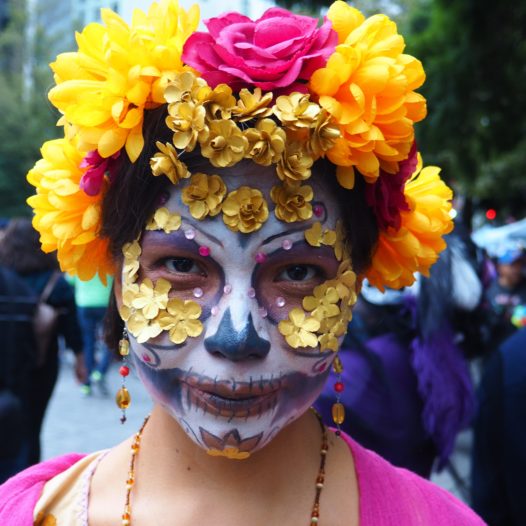
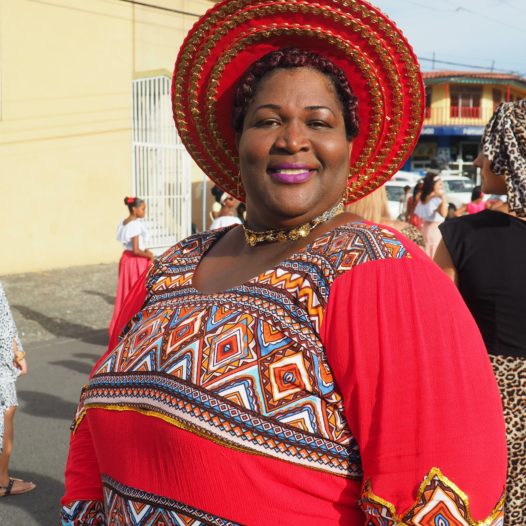
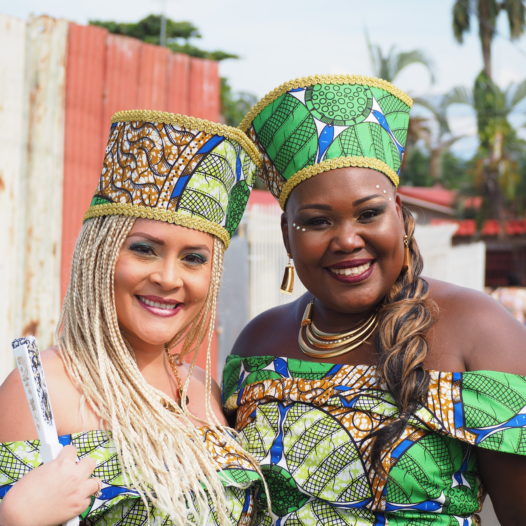
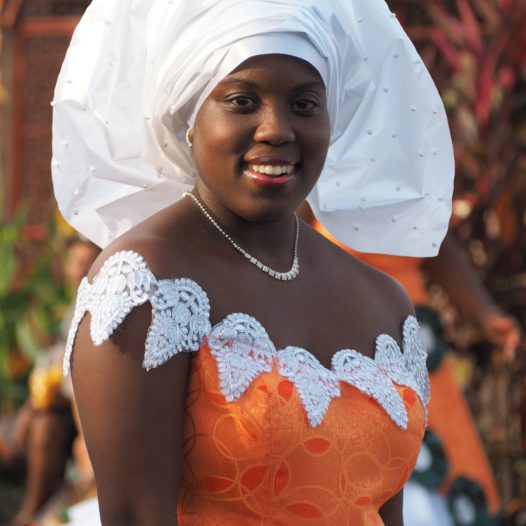
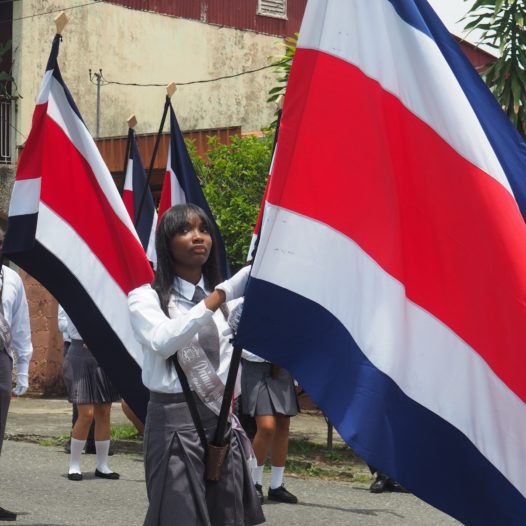
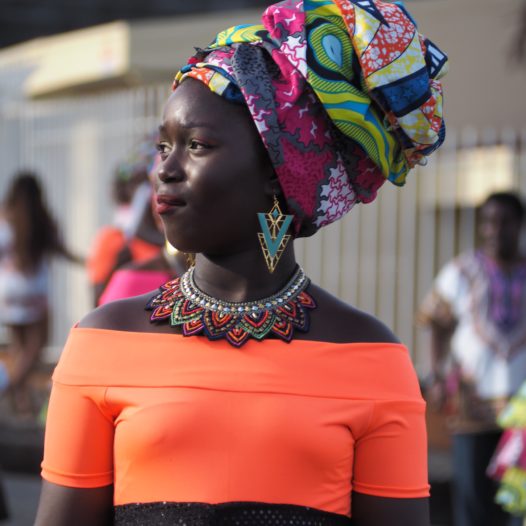
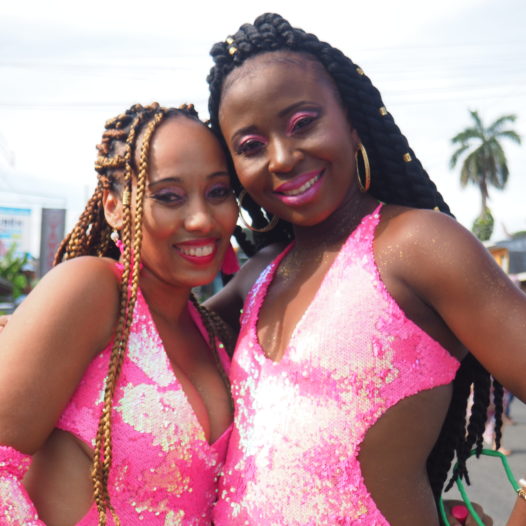
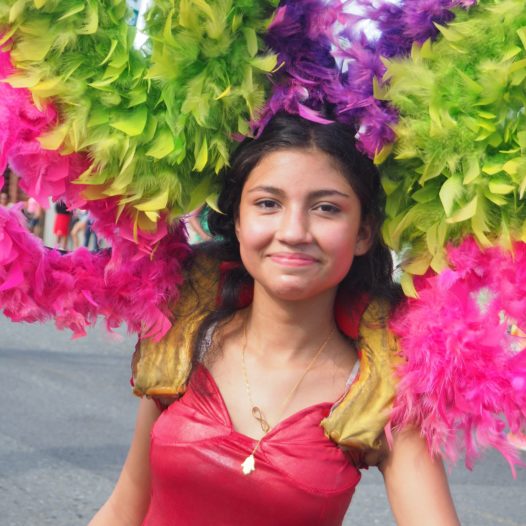
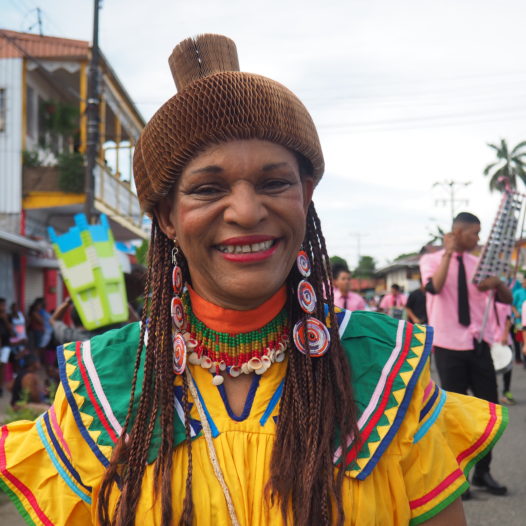
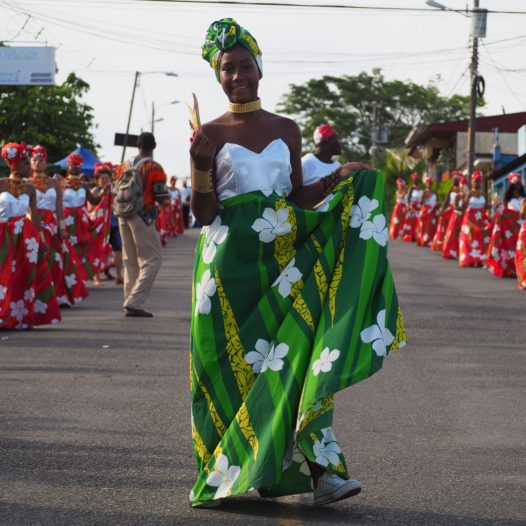
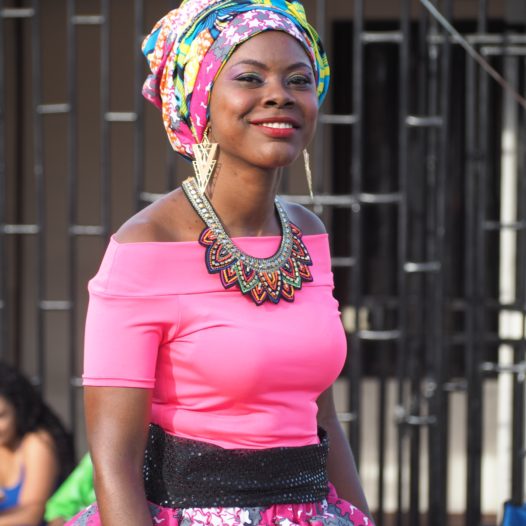
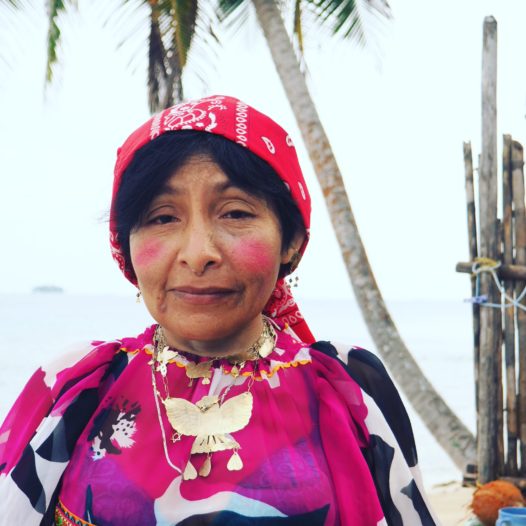
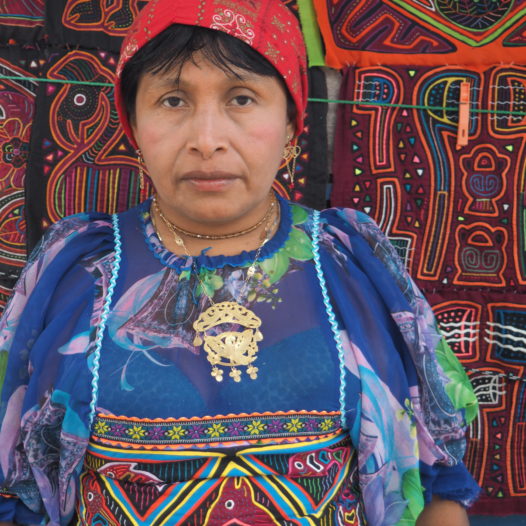
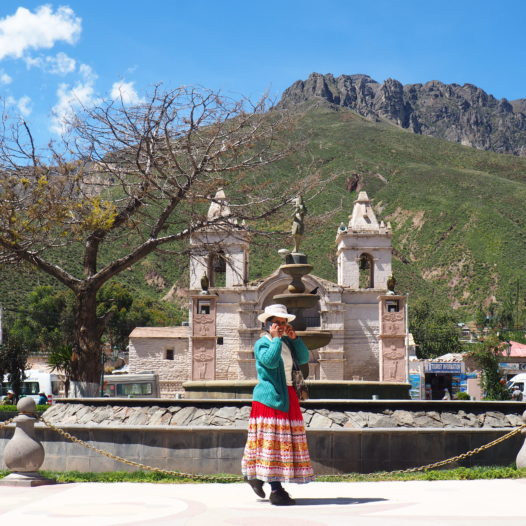
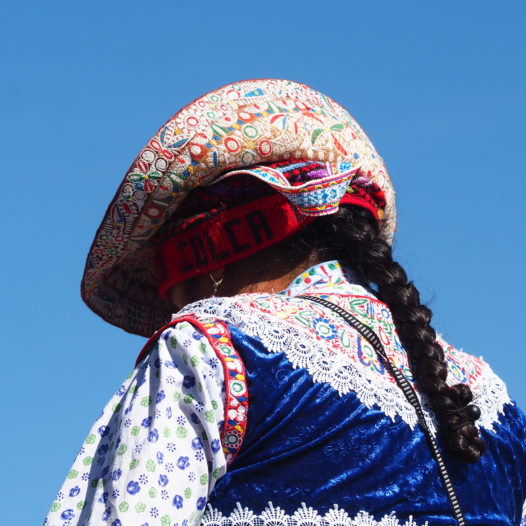
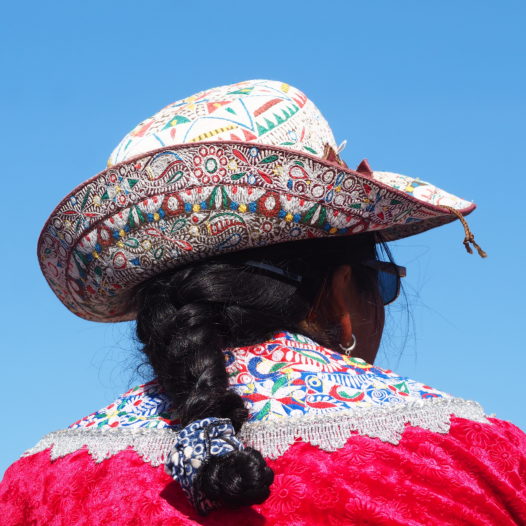
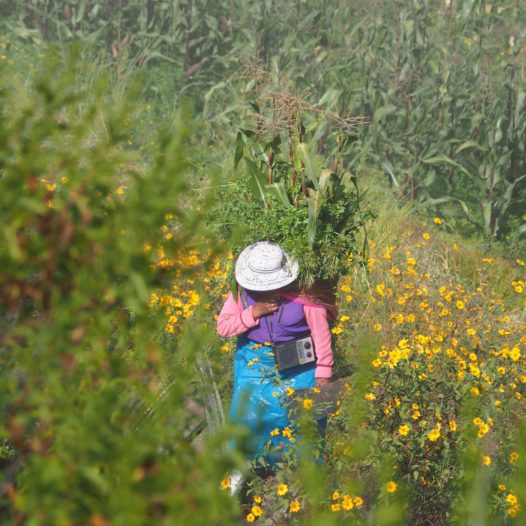
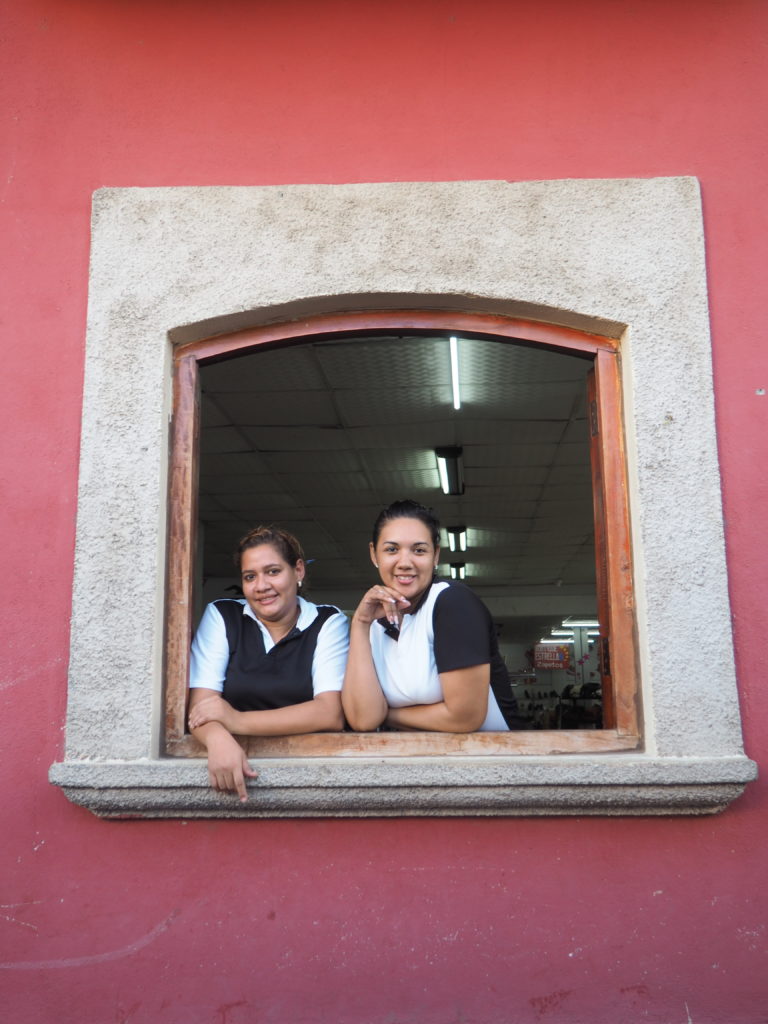

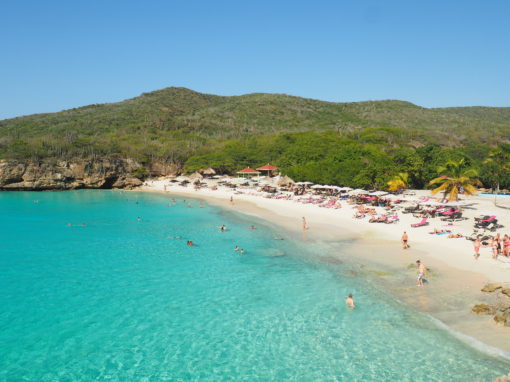
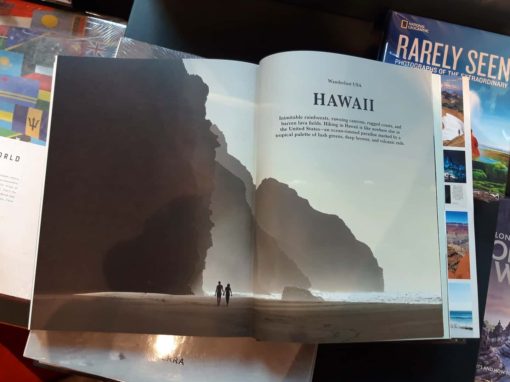
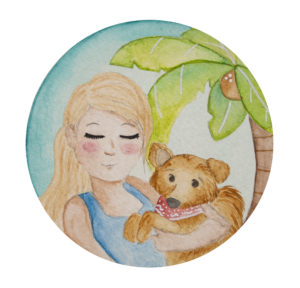
Marjon Nahuijsen
March 8, 2019 at 9:37 am
Beautiful power women. …woow
Kristel
March 12, 2019 at 4:13 am
Thanksi!